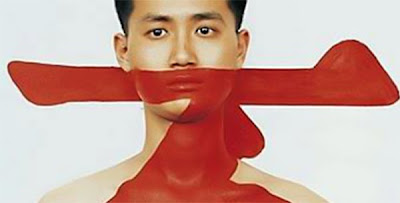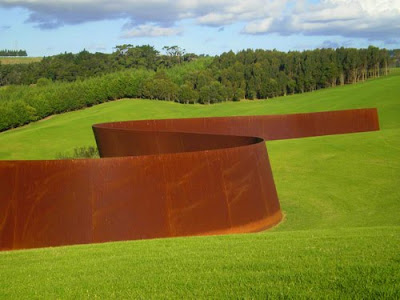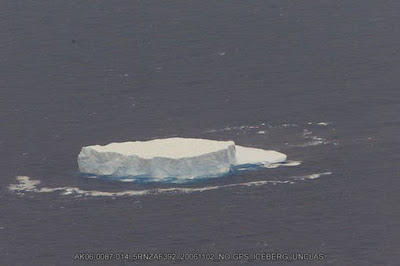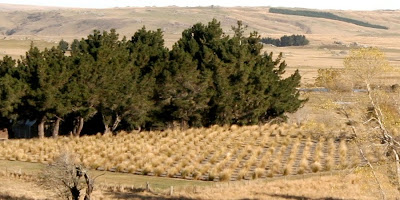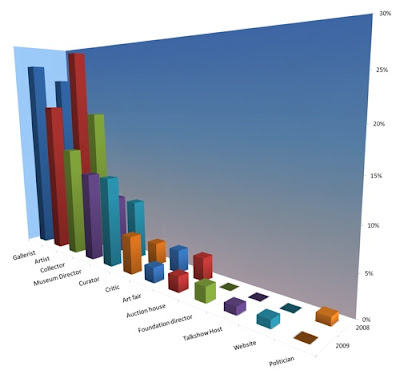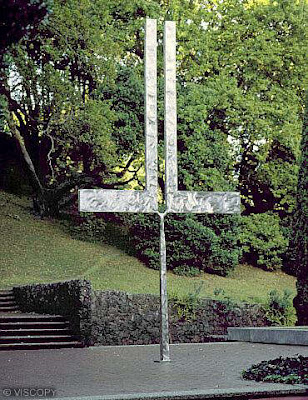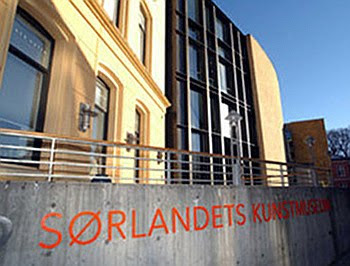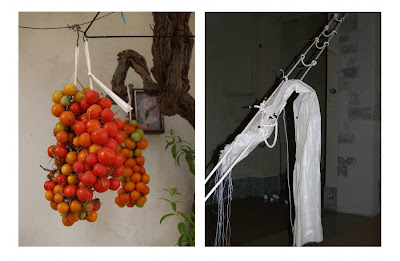
World Music Days, Beijing

Phil Dadson's BODYTOK (human instrument archive) is featured as one of three video installations during WORLD MUSIC DAYS in Beijing from 1 – 4 November 09. Hosted by the Central Conservatory of Music in Beijing, the festival/conference this year focuses on New Zealand and has 25 NZ artists/musicians/academics in the lineup.

Coming up at Starkwhite

Derrick Cherrie's exhibition of recent collaged works on paper runs in our Project Space from 2 to 28 November 2009. You can read the exhibition release here.

Pacific 3 2 1 zero


Artists test limits in China

Last ride in a hot air balloon

Richard Serra's Te Tuhirangi Contour

Harbingers
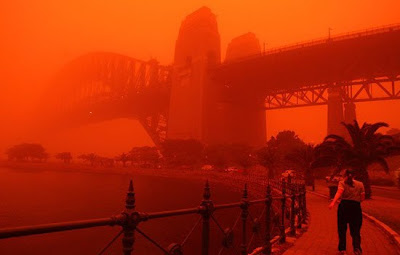

John Reynolds' Snow Tussock

Billy Apple's Credit Held

After looking at some of the best examples of public art in the country we decided to present a a few works commissioned by private and corporate collectors. First up is Billy Apple’s Credit Held, a wall work in the reception foyer of Minter Ellison Rudd Watts’ Auckland offices. With this transaction work (art for legal services to the value of $100,000) Billy Apple re-brands the MERW brand, adding value to it by making it over as an artwork, creating a space where the art of business meets the business of art.

John Baldessari in conversation with Matthew Higgs

Calm after the storm

Featured work

For the past few years Grant Stevens has explored the languages of popular culture through his text, images and sound videos. His works appropriate and de-contextualise a range of cultural cliches and conventions that seem to surround us every day. Whether it's through the over abundance of mixed metaphors or the incessant onslaught of predictable plotlines, his works seem to disrupt and challenge the way we read mainstream culture.

Bible Studies

Gavin Hipkins' Bible Studies (New Testament) series is one of five exhibitions forming Source Material: 5 conversations with the past at the Adam Art Gallery, Wellington. Bible Studies (New Testament) runs from 17 October to 19 December 09 / 8 January – 4 February 2010 . For further information on this new body of work please contact us at starkwhite@starkwhite.co.nz

George Rickey's Double L Excentric Gyratory
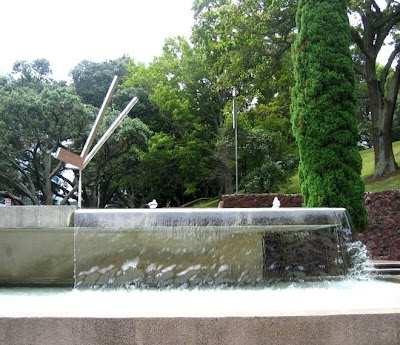

Modern Physics at Te Tuhi

Phil Dadson's video Breath of Air is showing in Modern Physics at Te Tuhi Centre for the Arts to 29 November 09. Curated by Stephen Cleland, the exhibition also includes work by Bas Jan Ader, Shaun Gladwell, Alex Monteith, Hanna Shwartz and John Ward-Knox. You can read more on the exhibition here.

Michael Parekowhai's Atarangi II

Neil Dawson's Echo


White House Art

The White House has released a list of 45 artworks that the Obamas have selected for the mansion. They include: Ed Ruscha's I think I'll … Against a glowing sky the painter has superimposed words that epitomise the agony of indecision: “I think I'll …” “Wait a minute … I … I …”, On second thought, maybe” “Maybe … No …” You can read an article here on the White House choices.

A move in the right direction

In a recent article published in The New York Times Carol Vogel says: “Between the sagging economy and the proliferation of competitors, the organisers of art fairs have to shake things up continually to make sure collectors keep coming back.”

Len Lye's Wind Wand

Our recent post on Pontus Kyander's end-of-year move to an art museum in Norway left us wondering about the future of public art in Auckland. (Kyander currently manages the city's public art programme.) So we decided to put the spotlight on some of the best examples of public art located in cities around the country. Over the next week we'll post some high points, beginning today with Len Lye's Wind Wand located on New Plymouth's Coastal Walkway.

2009 frieze Writer's Prize

frieze has announced the winner of this year's frieze Writer's Prize, which was judged by critic and art historian James Elkins, novelist and critic Ali Smith and co-editor of frieze magazine Jennifer Higgie. You can read the prize winning entry by Jessica Lotts here.

Grant Stevens awarded Australian Emerging Artist Prize

Sydney-based artist Grant Stevens picked up the Blake's Emerging Artists Prize for his In the Beyond video. You can see images of his most recent exhibition at Starkwhite here. Stevens is also one of the artists we will be presenting at Art Los Angeles Contemporary (the new art fair replacing ART LA) in January 2010.

Showing during exhibition changeover
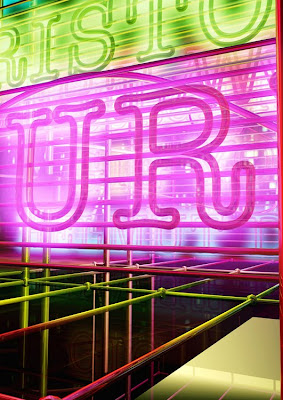
This week we are installing a new project by Richard Orjis, which opens on Monday 12 October, but our upstairs spaces will be open for viewing. On display are works by Stella Brennan, Glen Hayward, Matt Henry, Gavin Hipkins, Layla Rudneva-Mackay, James Speers, Grant Stevens, and Peter Stichbury.

7 things you should know about Chinese contemporary art

AW Asia recently announced the publication of the Chinese-language version of Chinese Contemporary Art:7 Things You Should Know, by Melissa Chiu, director of the Asia Society Museum, NY. The book is tailored to the emergent Chinese collectors we hear so much about. As the demand for luxury and lifestyle goods among wealthy Chinese continues to rise, crystal ball gazers are predicting a parallel rise in collecting.

Moving on

Featured work

How to collect performance art







